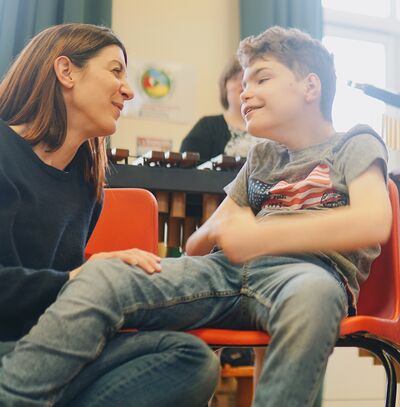
The programme focused primarily on increasing inclusion for children and young people with SEND and/or living in areas of economic deprivation, but the scope of the work grew to consider a broader definition of ‘inclusion’, to include increasing access, engagement and progression for young people who may experience a range of barriers to participation; genre diversity; and effective inclusive approaches for ‘mainstream’ settings.
Fundamentally, we believe that effective inclusive practice benefits everyone.
Blog by Sharon Jagdev Powell MEC
We increasingly hear this term 'inclusive music', but what does it really mean, who is it for, and what does it look like in practice? In this episode, Inclusion Manager at Kent Music Luke Crook talks to music leaders working in inclusive settings about their interpretation and practice.
“Inclusion isn’t something that happens separately - it needs to be ingrained and at the heart of music education, creativity and across everything that we do every day.”Creative practitioner